THE WORLD ACCORDING TO JOE
Marion ‘Joe’ Carstairs was the speedboat racer, doll-toting heiress, and ‘sexy, flat-chested’ eccentric who responded to rejection by occupying the margins of society, until she had built a Bahamian kingdom — a fantasy island — of her own. ‘I ran a country,’ she boasted.

In 1940 an American pilot landed his amphibious plane just off Great Whale Cay, an island in the west of the Bahamas, about 150 miles south-east of Florida. He didn’t stay long. A friend, a newspaper columnist, later reported: “He came back in a big hurry, reporting in some alarm that when he landed in the water a short, stock-built dame came popping out of the house on the cay with a double-barrelled shotgun in her dukes and dull menace in her lovely orbs.”
The pilot had had a lucky escape from Marion ‘Joe’ Carstairs — a speedboat champion, cross-dressing lesbian, heiress to an oil fortune, and the ‘Queen of Whale Cay’. Later that year, a group of American tourists moored their schooner and rowed up to a beach on the island. They were met by a group of Bajan inhabitants, faces painted, machetes in hand, and Carstairs, waving her largest cutlass, and they were taken prisoner. The tourists were marched, hands bound behind their back, to the island’s lighthouse. Carstairs emerged, dressed as a ‘Great White Goddess’, and the locals danced and chanted around her. The tourists spent the rest of the night locked in the garage, and were released at dawn. No explanation or apology was supplied. “I don’t give a fuck about the law,” Carstairs said.
Entrances and exits are all about relative motion, and Joe Carstairs was a specialist in motion. Her audience would be still, at ease, unaware, and she would hover dazzlingly, surprisingly, into view. In 1939 she sailed her schooner from the Bahamas to the Antibes, and past Marlene Dietrich’s private cove. Dietrich’s daughter recorded the scene. “At the helm, a beautiful boy,” she wrote. “Bronzed and sleek — even from a distance, one sensed the power of his rippling muscles of his tight chest and haunches … The first thought on seeing him had been ‘pirate’ — followed by ‘pillage’ and ‘plunder’.” As Carstairs came closer, though, “he turned from a sexy boy into a sexy, flat-chested woman”.
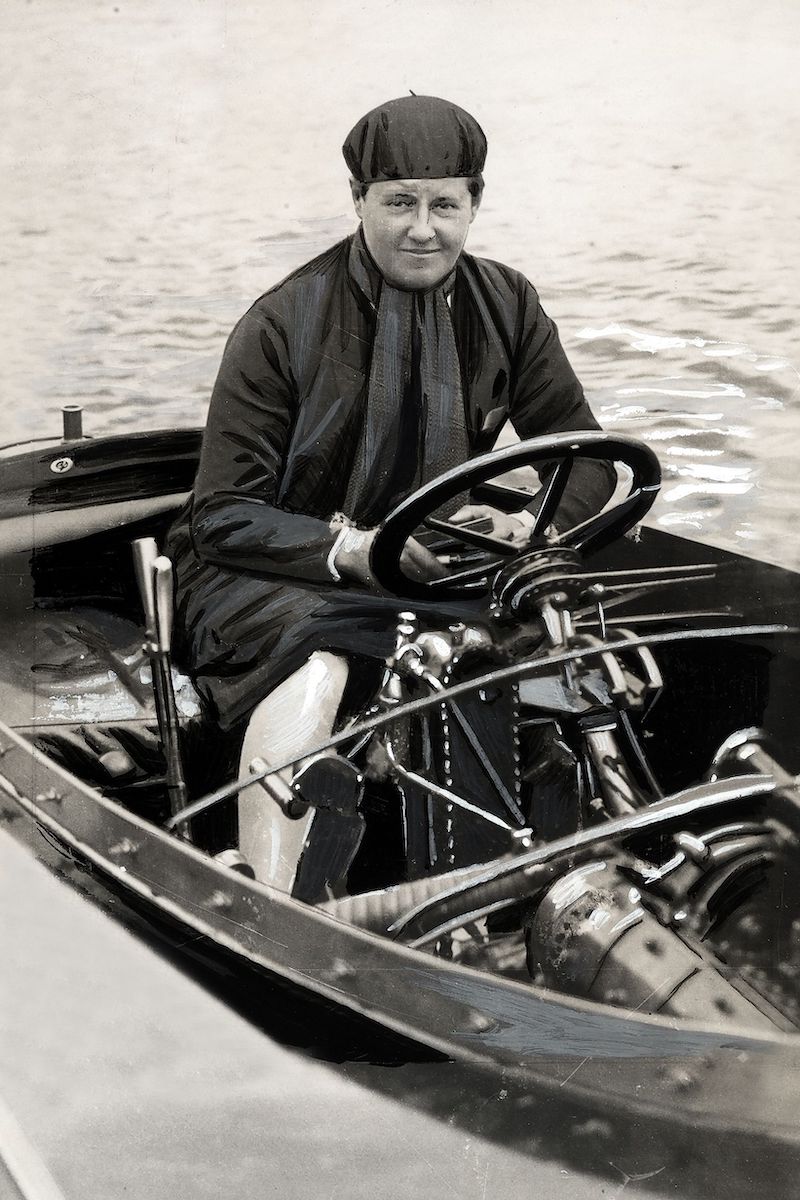
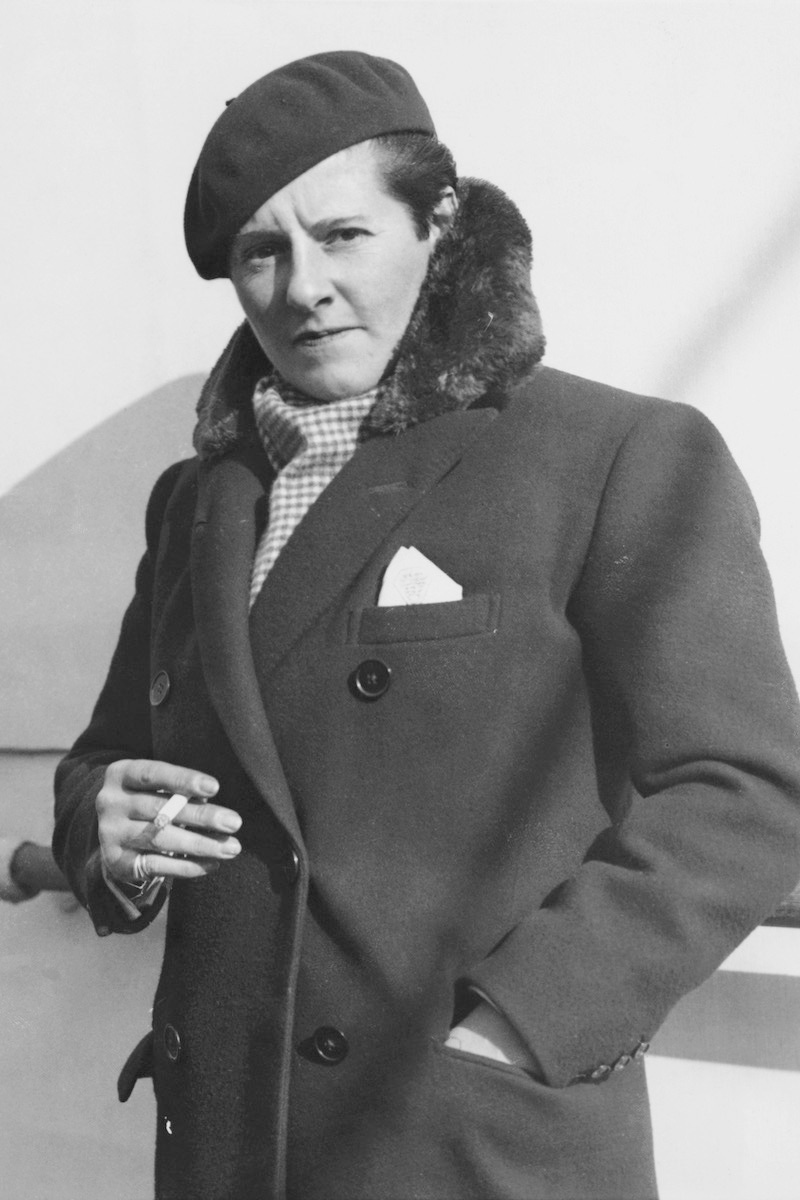
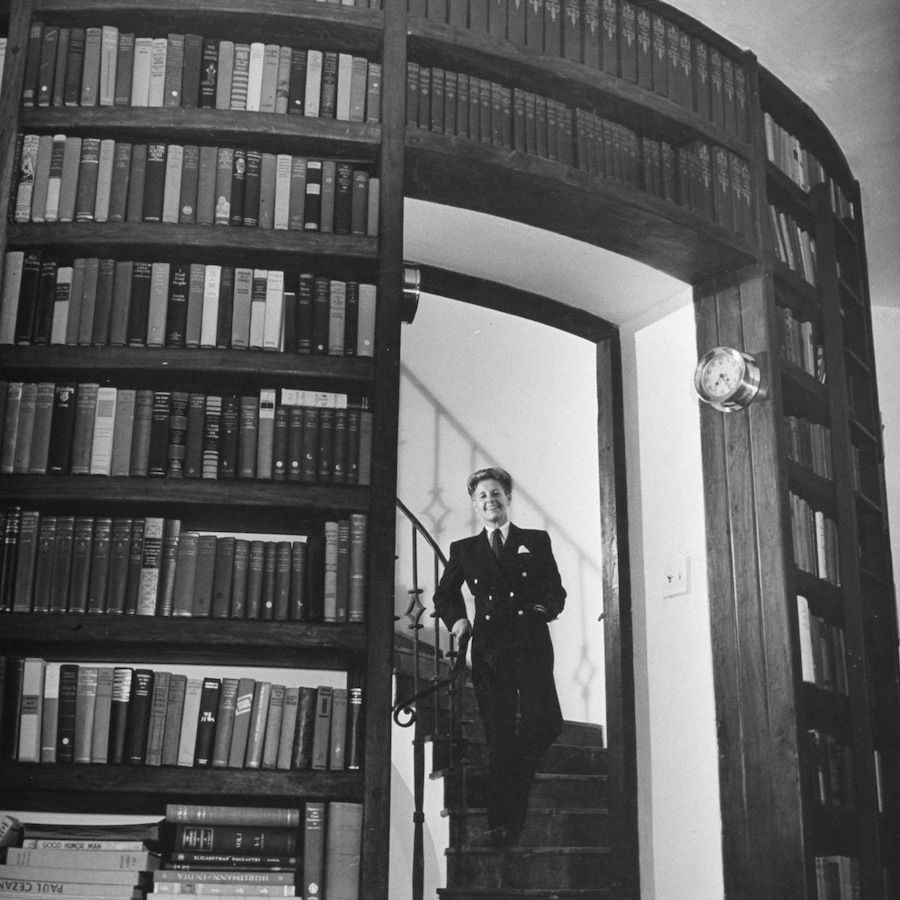
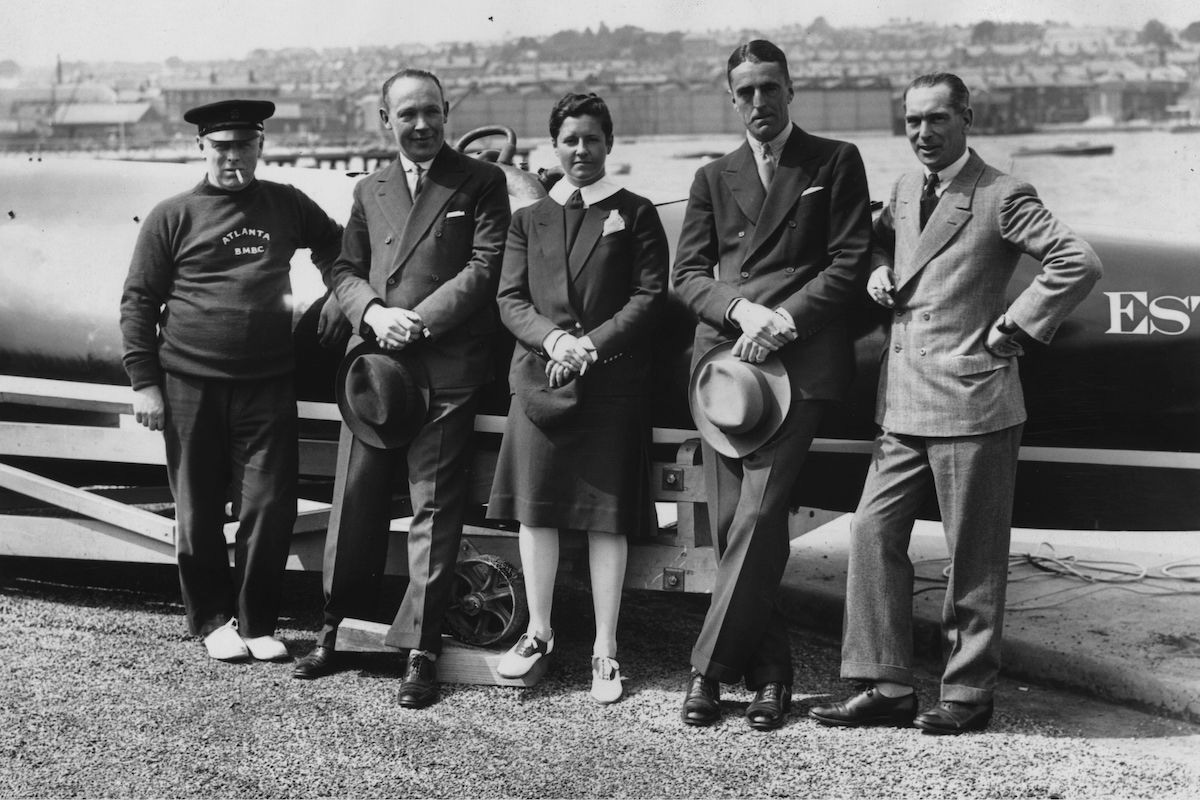
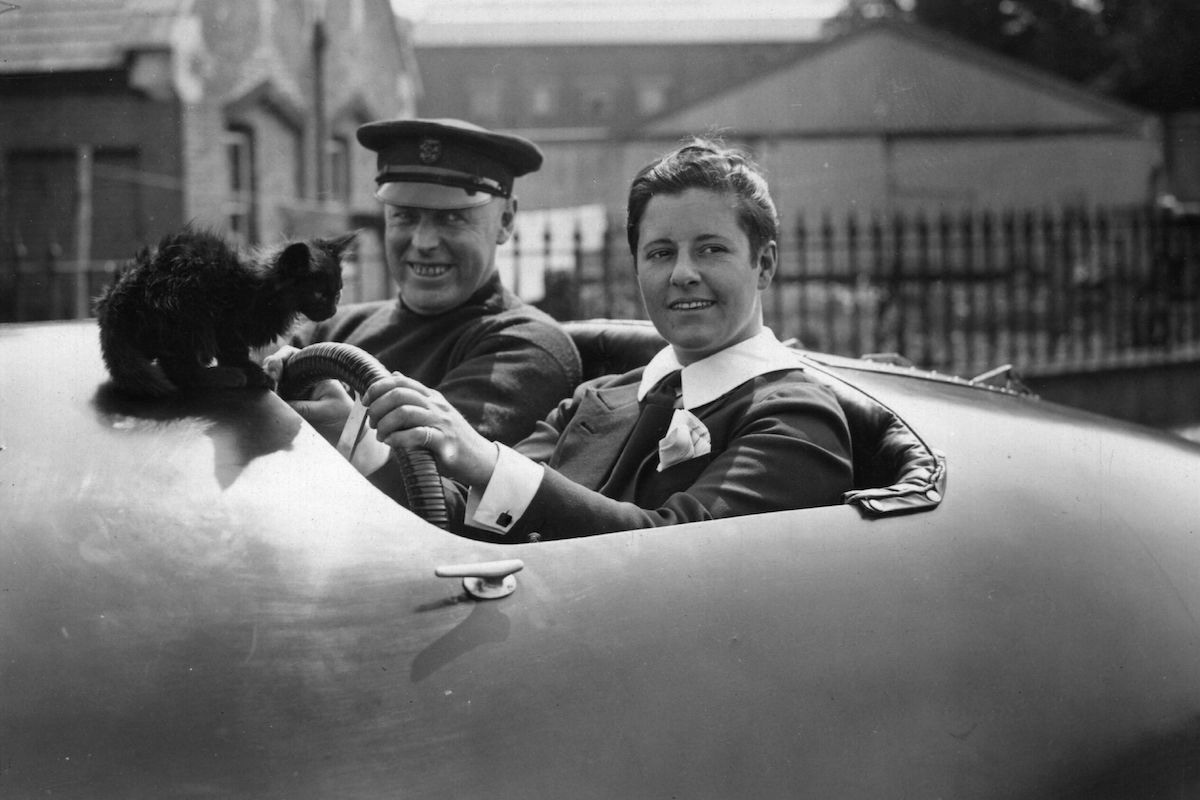
Carstairs was “blithe, bold, courageous, unselfconscious, imperialist, impervious to social change,” Kate Summerscale writes in her excellent 1997 biography, The Queen of Whale Cay. Her life was one of entrances and exits, from one obsession to another, provoking admiration through her strangeness and self-confidence. Summerscale again: “Joe would walk into a room, head straight for the mirror and strike a pose, three fingers insider her jacket pocket, the thumb and little finger outside. ‘Marvellous,’ she exclaimed.”
Born in London in 1900, she was “never a little girl. I came out of the womb queer.” Her legal father was Captain Albert Carstairs, a Scottish soldier; he may not have been her biological father. Her mother was Frances Evelyn Bostwick, an American beauty whose moods, according to Summerscale, “were fed by alcohol and heroin”. Evelyn, as she was known, had a string of lovers and husbands, some of whom Joe got on with. One, Count Roger de Périgny, adapted his racing car so that the teenage Joe could drive it. He also offered her cigars — as a favour, not punishment — and took her to a Parisian brothel. The last of Evelyn’s husbands, Serge Voronoff, was a Russian-French surgeon who transplanted monkey testicle tissue into humans in the early 1920s. He claimed his subjects were rejuvenated. Evelyn became his assistant, collaborator and even co-author on scientific papers. The experiments were a failure, and Carstairs despised Voronoff. Her idol was her grandmother, Nellie Bostwick: in Carstairs’s telling, Nellie was “rough, tough, she wanted her own way. She was a wonderful person … She had great power.”
However, perhaps Carstairs made the same link that Voronoff did between vitality, youth and masculinity. She persuaded her grandmother to let her join the American Red Cross, aged just 16, to drive ambulances in the Great War. At school she had been tomboyish; based in Paris, she began to forge a new identity. She hung around on the fringes of a bohemian set and became infatuated with Dolly Wilde — Oscar’s niece — who introduced her to sex. “My God, what a marvellous thing,” Carstairs said. “I found it a great pity I’d waited so long.” News of her homosexual affairs reached her mother, who warned her to stop them and marry instead, or be cut off. Joe did marry: spitefully enough, a French aristocrat whom she believed her mother was seeing, and they split the dowry between them, parting ways straight after the wedding reception. Carstairs had scores of girlfriends over her lifetime (an album of her girlfriends contained 120 pictures) and did not underestimate her powers as a brilliant lover. “I was made to think so,” she said. “Everybody else thought so, so I thought so, too. I would have liked me.” But her only lifelong companion was a strange, small doll given to her by a lover. She dubbed him ‘Lord Tod Wadley’ and dressed him in Savile Row suits and Italian slippers. When Carstairs died, Wadley was also cremated, and their ashes buried together.
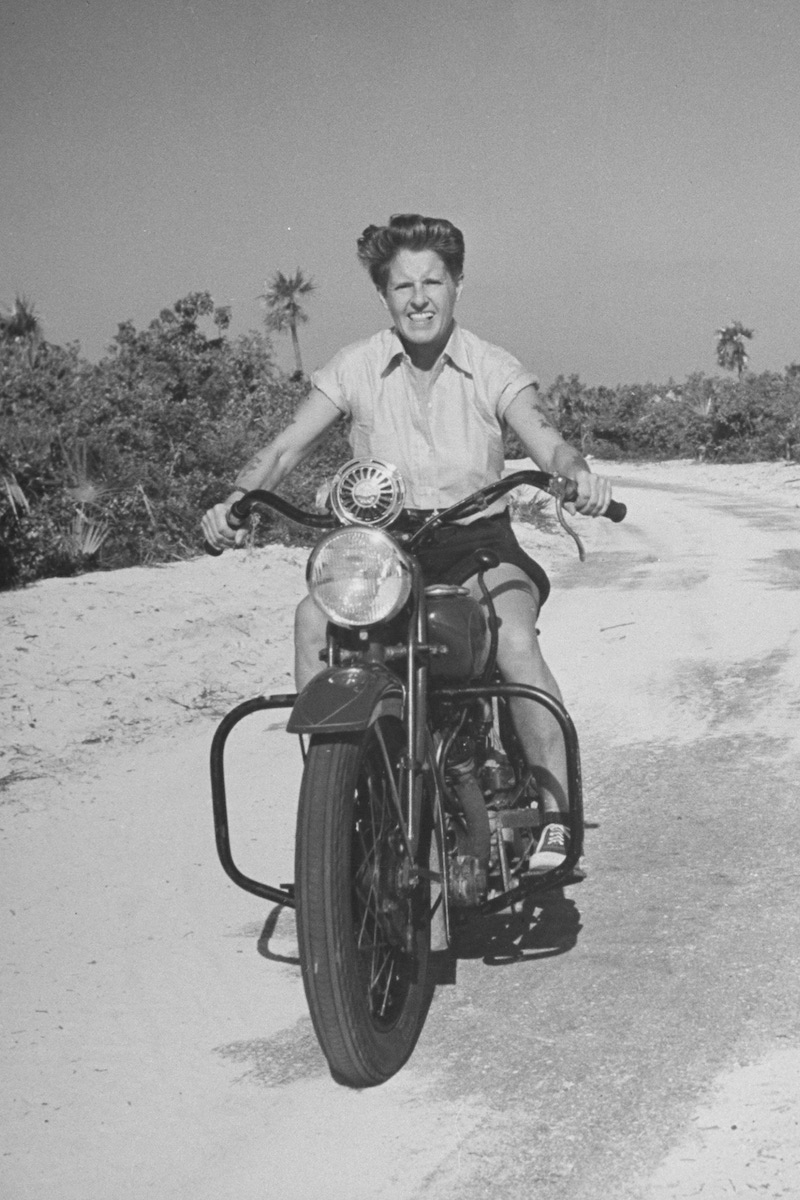
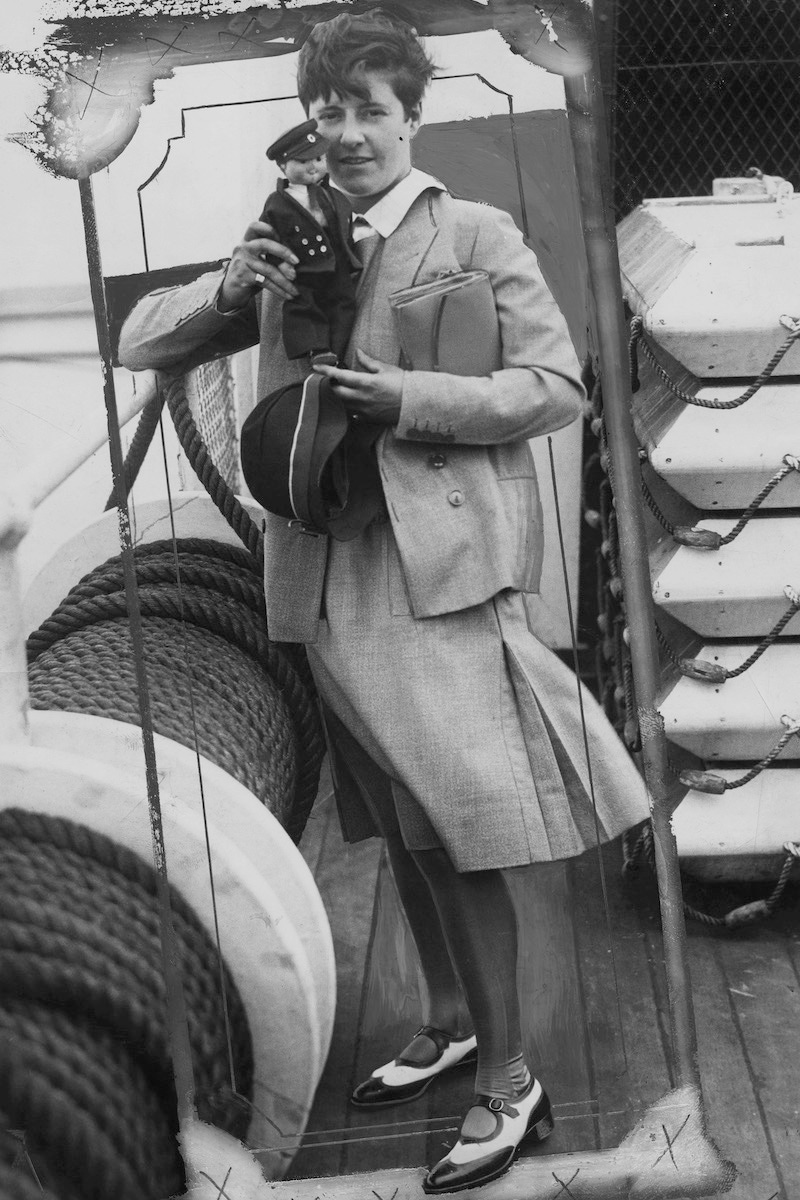
With the money from her marriage, Carstairs was free to start making more entrances. She worked at a bar in Margate, then at the Bugatti showroom, then at a chicken farm in Southampton. She bought a fleet of Daimlers and set up ‘the X Garage’, a chauffeur company run entirely by women — the ambulance drivers she had met in France and later Dublin. They took customers on tours of the war graves of France and Belgium, or on holiday in Ireland; James Barrie and the Sultan of Perak were clients. Carstairs dressed the part: “Carstairs, like a well-fed schoolboy, had a full, smooth face, well-pressed jackets, regular features, and hair firmly slicked back on to her head. For the camera, she frowned a little, squared her shoulders, held a cigarette in one hand and placed the other in a jacket pocket.” One night she got drunk — “awfully scratched” — and woke up with tattoos on her arms. Later on, when she was partying with Dietrich, she showed up for a party in a gentleman’s evening suit. Her hosts implored her to change into something more feminine and less outrageous; she obliged with a gown, which showed the inked stars and dragons and her muscled arms, and they asked her to change back. “I did look like a boy,” Carstairs recalled later. “But I was not a stomper.” Many women in the 1920s dressed boyishly: not so much as provocation, more to make a show of their immaturity. For Carstairs it was different, although she was entranced by youth. She wore baggy trousers, pea coats and stiff collars. Her suits were made on Savile Row and flattened her cleavage. One friend described her as looking like “an exuberant schoolboy”. It was a preppy look, before ‘prep’ was invented.
Cars were fine; boats were better. Asked what she liked as a child, she replied: “I didn’t admire anything. Except boats.” When her grandmother died, Carstairs became even richer, and she started commissioning very fast motorboats from a shipbuilder in Cowes. The first was called Gwen (after an actress who was a lover of Carstairs), a 17ft hydroplane. On a test run it capsized, so Carstairs rechristened it Newg, and promptly won a series of races, in Southampton and Cannes. She was in her element: “I liked the boats. I liked the way they behaved. I understood them.” And it wasn’t just the speed: “Why, at the end of a race you’re filthy. Spattered with oil, soaked through, and can’t hear a thing.”
Reports of a ‘new type of river girl’ were buzzing when Carstairs took Newg to the Duke of York’s Trophy, a four-and-a-half-mile race down the Thames. In 1925 Carstairs was the fastest on the water, reaching a top speed of 32.16 knots, until she got snagged in weeds and placed fifth. The following year, with a supercharged engine, she won the race, along with a haul of other major trophies. With these accomplishments, it was time for an exit and a new entrance: to the Harmsworth British International Trophy. There was no limit on engine size, and it was the most prized race in the world.
Carstairs commissioned three monster boats, designed to run at 100m.p.h . — the fastest on water. All were called Estelle, after Carstairs’s mother (she misremembered, perhaps deliberately, her name). One sank, one was never finished, but Estelle II — big, sleek and beautiful, painted black — raced at the 1928 Harmsworth Cup. A crowd of 150,000 watched Carstairs take the lead — “The English girl was making a real race of it … ” — before Estelle II was thrown into the air; Carstairs and her mechanic were hurled into the water. She won praise from all, as the fastest woman in the water and even the best racer on the day, but that wasn’t enough. She re-entered the following year, building her own boat, and failed; in the 1930 edition, she set an American speed record, but failed in the race, both of her boats breaking down. “Well, you’d better get a good look at me, because I am not coming over again,” she said.
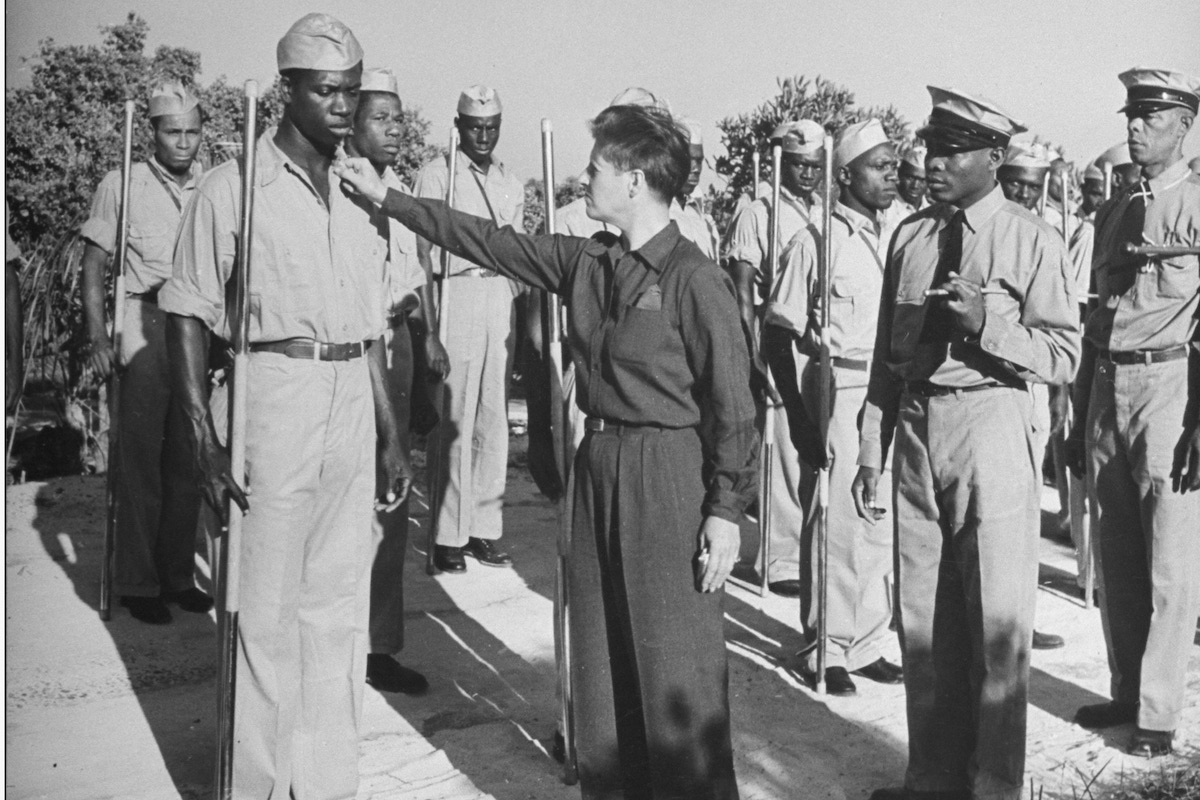
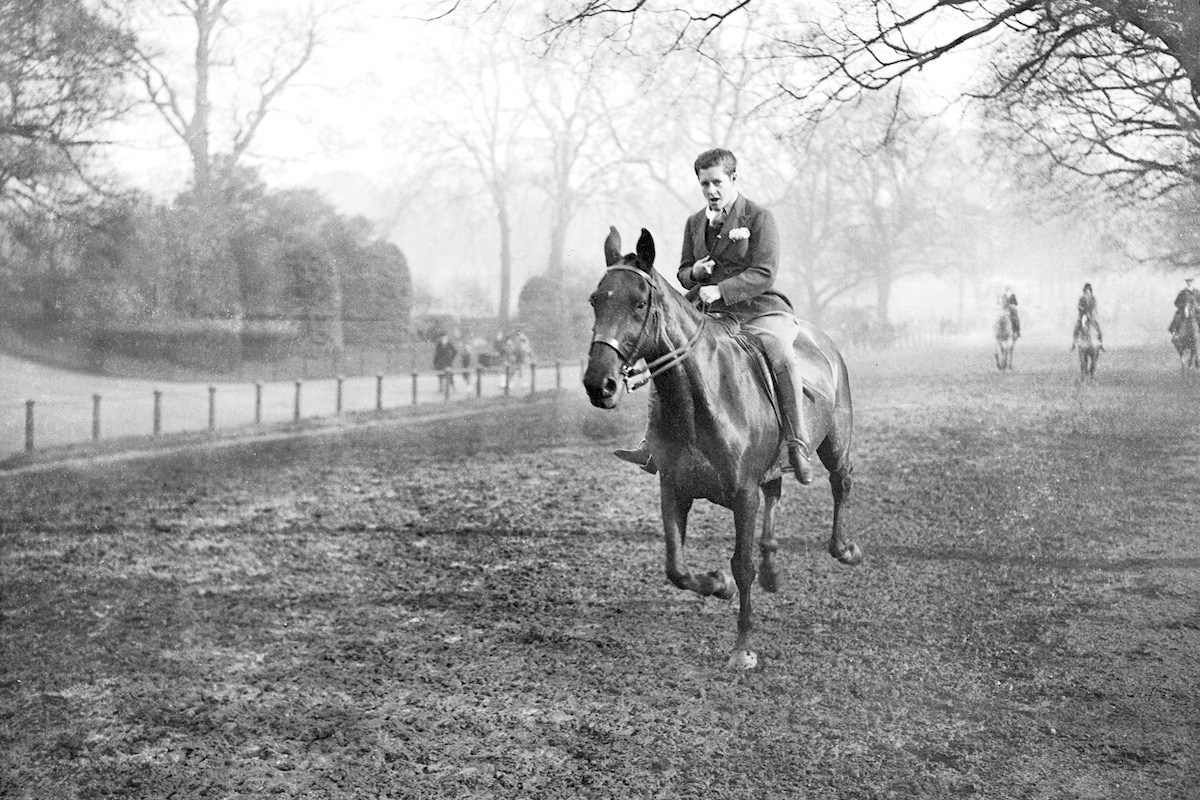
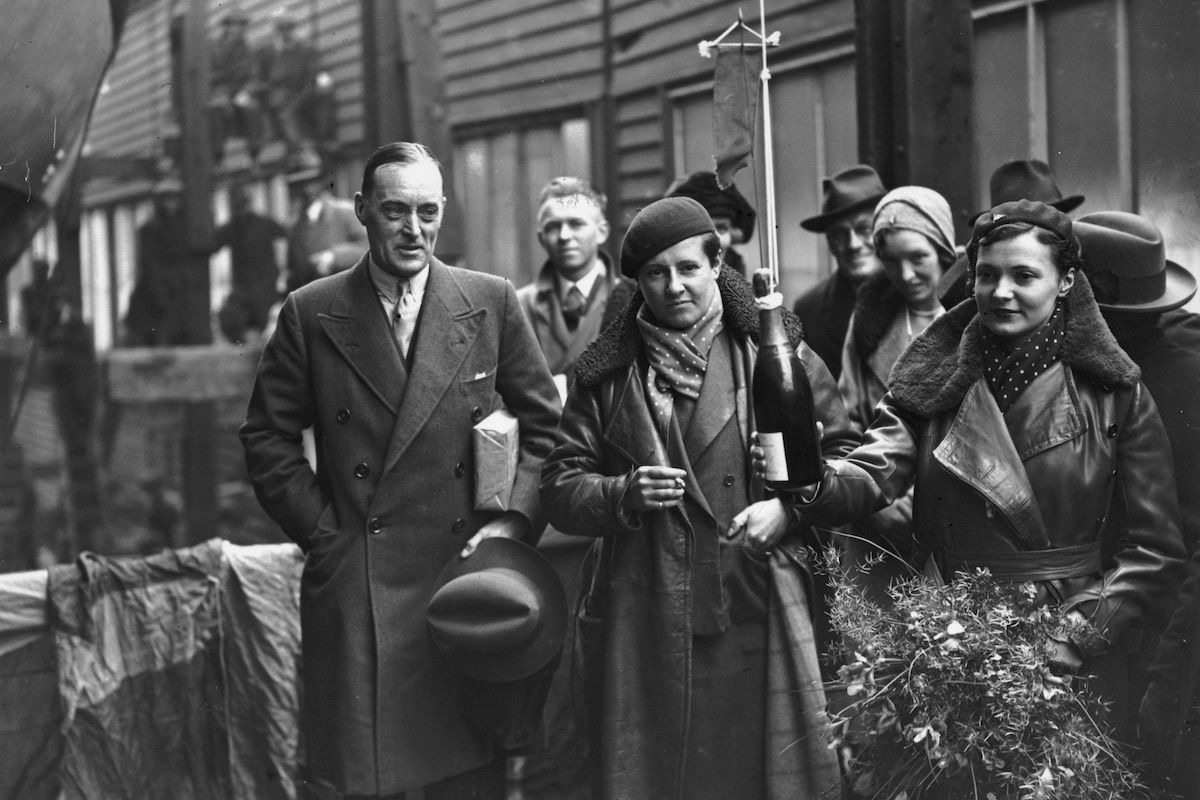
Carstairs was looking for another exit. She found it in the Bahamas: “Come on, Whale Cay, I want you,” she said when she first saw the island. The feeling was mutual, according to Carstairs: “This island had a particular liking for me.”
She took her perpetual motion to the Cay, transforming the island of 200 people. She entertained movie stars, artists, directors, and the Duke and Duchess of Windsor. Carstairs became even more notorious, for it was then that her affair with Marlene Dietrich began. Each day they would have assignations on Carstairs’s boat, Sonia II; Carstairs called Dietrich “babe”, then, later, “a wicked old woman, a bitch”. Still, she was once so carried away by Dietrich that she tried to give the whole of Whale Cay over to her.
That she offered the island was proof of her infatuation. It wasn’t just an island, it was a kingdom. The locals called her ‘the Boss’. Carstairs said: “I was a leader. I could do anything.” It wasn’t a retreat: it was a state. She built a grand house for herself, but also roads, a store, the lighthouse, fruit plantations, a church. According to Summerscale: “Those who worked with Joe joined in the fantasy that Whale Cay was a kingdom, with an omnipotent ruler, a stern chancellor, a corrupt church, a well-drilled army, an ocean-going fleet, a flourishing economy and obedient subjects.” As Carstairs put it: “I had a country going. I ran a country.” A Bahamian newspaper called it “the greatest story since the landing of Christopher Columbus”.
As whimsical and self-centred as Carstairs could be, she was also generous: she gave several friends, staff and deserving strangers stipends for life. On Whale Cay she founded the Coloured League of Youth, a project to improve Bahamians’ economic and social standing. During the second world war, she led an intrepid rescue mission. The U.S. ship Potlatch was torpedoed; Carstairs set off in a schooner in the dead of night, without lights, in waters where U-boats skulked. Three-hundred and fifty miles from Nassau, she turned on her lights and rescued 47 American sailors who were close to death. They had been drifting for 30 days on an overturned schooner. Carstairs said, typically, that only when she put the sailors ashore at Nassau did they realise she was not a young man but a woman of 42.
Summerscale notes that Carstairs’s kingdom was a “fantasy”, and she is right. Throughout her life, Carstairs wanted to contribute — from driving ambulances in the first world war to offering her fleet of private boats to the American and British navies in the second — but more often than not she was rejected. Her response each time was to do something even more marvellous, even more strange, which pushed her further from society. She moved to Miami, then Naples, Florida, where she died in 1993, aged 93, Lord Tod at her side. Carstairs lived, in her own words, as an “exile”, but it led to a more interesting existence. “Dull,” she once said, “is a word that should be torn to pieces to see what it is made of”.
This article was originally published in Issue 43 of The Rake.


